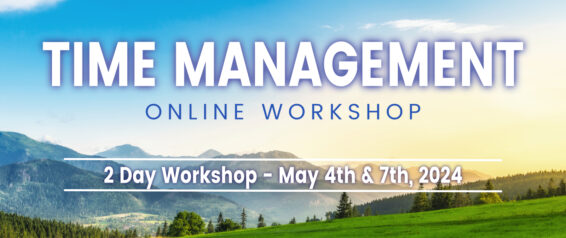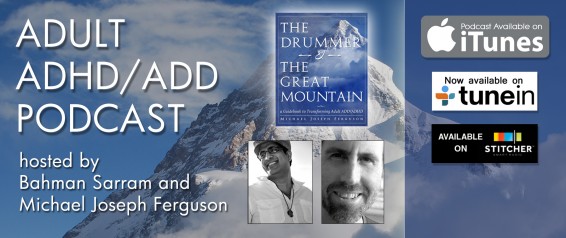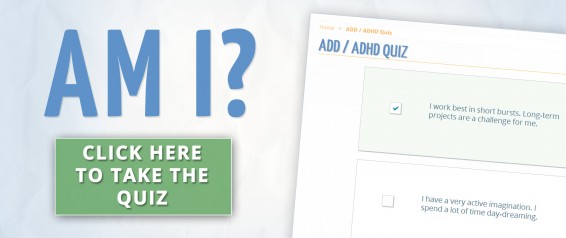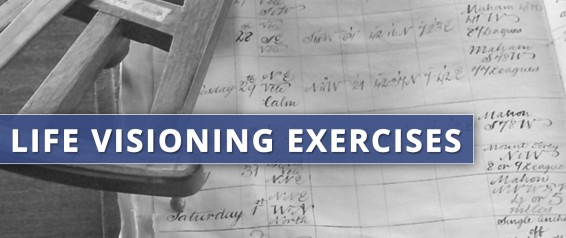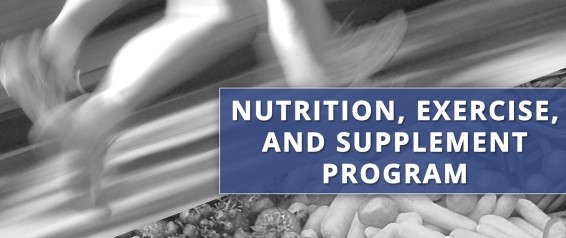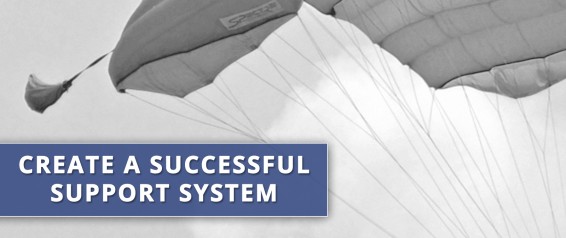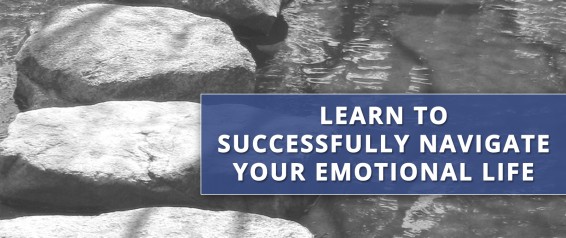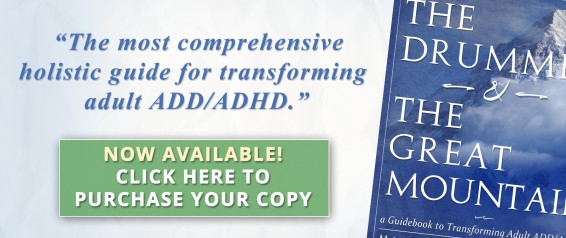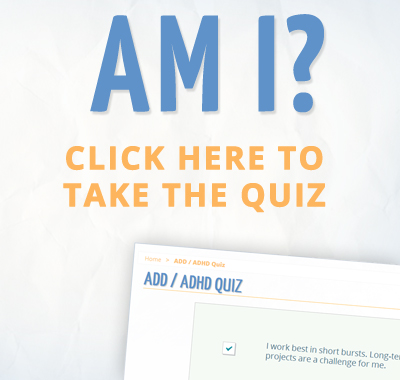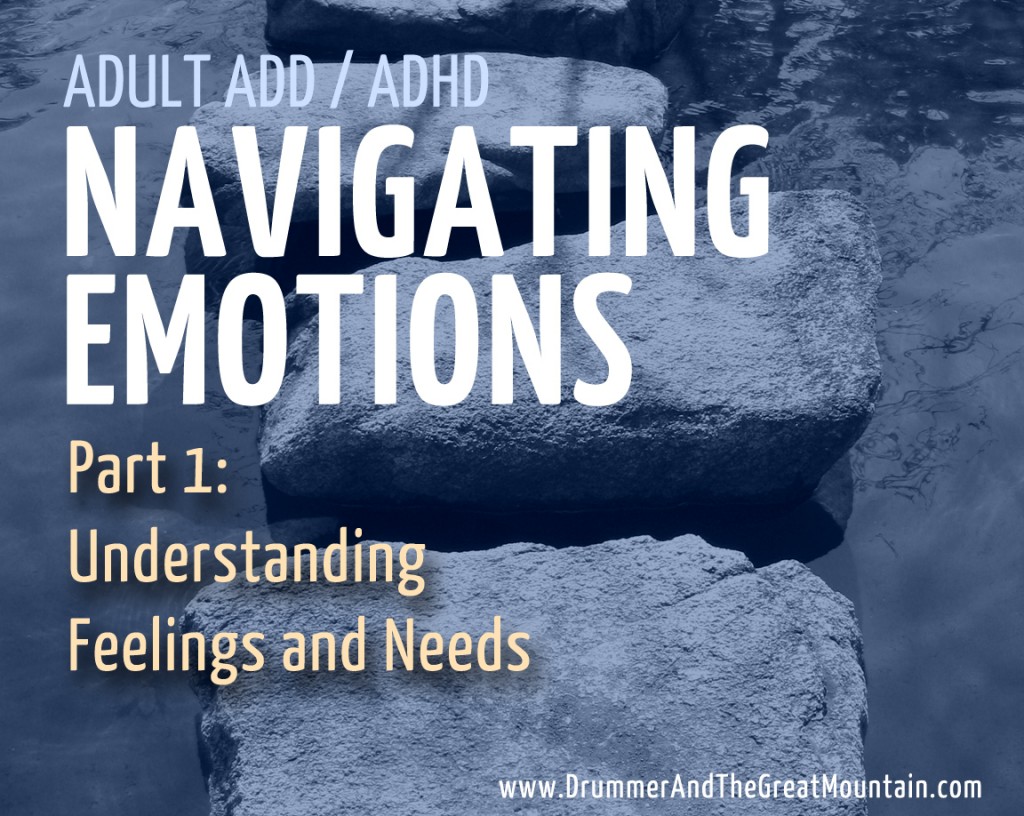Emotional challenges are extremely common for us hunter-types. For many of us, our emotional life is chaotic, and we’re often unable to predict when we’ll melt down from overwhelm, or blow up at someone (often directing our anger at the people we most care about).
In order to get a handle on our emotional life, there are a few concepts I’ve found extremely valuable in understanding how emotions actually work.
Emotions Are “Energy in Motion”
Emotions contain energy. When you experience a moment of intense joy, it’s often felt as a buzzing inside all of your cells. The same holds true with anger. We’re all familiar with that “fire in the belly” experience that occurs when our ire gets kicked up — that churning of energy in our solar plexus.
However, there’s actually a force underneath our emotions that most people aren’t aware of, that drives all of our decisions, whether we’re aware of it or not.
Needs Are The Life Force Itself
I was first introduced to the concept of “needs” through a process called Nonviolent Communication, developed by psychologist Dr. Marshall Rosenberg.
It goes like this:
From the dawn of time, all humans have been motivated by the same basic needs.
Needs are both primal and universal — they are every human’s baseline operating system. No matter your race, belief system, or what language you speak, all humans share the same needs.
And our brains are hard-wired to meet needs. Unlike most other animals, who attempt to meet their basic needs (food, shelter, protection, etc.) in the moment, us humans have evolved the unique ability to plan ahead — strategizing ways to meet our needs sometime in the future. This ability to abstract our needs can be both a blessing and a curse.
Dr. Rosenberg has one of the most useful analogies about feelings I’ve ever heard:
Feelings are like the lights on a dashboard,
letting us know whether a need is met or unmet.
I highly recommend memorizing this. It provides a very accurate description of what our feelings should be doing for us.
For example:
If you’re driving on the freeway, and someone cuts you off — almost hitting you — your initial emotional reaction would most likely be an upwelling of both fear and anger.
A cascade of negative thoughts towards the person driving in the other vehicle would typically follow.
Depending on your personal temperament, you may even roll down your window, yell at them, or make an obscene gesture.
But what is actually triggering these feelings and gut-level responses?
Looking at this chart, most likely the “triggered” needs are:
- Safety
- Care
- Awareness
- Respect
“Safety” is one of our most primal needs. When our safety is threatened, our body is “wired” to sound the alarm bells. In this example, the “alarm bells” are anger and fear.
Here’s the trick. If you have the presence of mind during (or soon after) the experience to name what needs are alive, you’re far less likely to take an action you’d later regret.
Your inner response in this particular situation could be:
“That JERK!!! OK… breathe… I notice I’m feeling really angry right now. And I’m also feeling shaky and scared because I really have needs for safety and awareness. I want to remind myself that the danger has passed. I’m going to take a few deep breaths and try to relax myself.”
Just that simple inner dialog, which connects you directly with what’s happening internally, can bring you back to center surprisingly quickly.
Through doing this, you’ve:
1) brought your awareness to exactly what triggered you
2) named the needs underneath your feelings, and…
3) identified a simple action to diffuse some of the energy. In a sense, you’ve told your emotional self, “The danger has passed. You can turn the alarm bells off now.”
In “non-awareness mode,” you may continue to scream at that driver for the next two hours, in your head, with your whole body clenched with tension. This doesn’t do anything to them, and definitely doesn’t do anything positive for you. The danger has passed and there’s no need to carry the emotion and tension with you.
Most people can relate to this example of getting cut-off on the freeway. However, we typically carry around a whole host of uncomfortable, unresolved, emotions that may not be as intense, or easily identified. Nevertheless, they stay with us and cause low-level but consistent stress, because our conscious mind hasn’t resolved them yet.
Through bringing more awareness to your emotions — naming the underlying needs — you can potentially untie yourself from a great deal of emotional baggage.
This is an excerpt from the book The Drummer & The Great Mountain — A Guidebook to Transforming Adult ADD / ADHD – Chapter 7: “Navigating Emotions.”

